Mulching is done at different times of the year for different reasons.
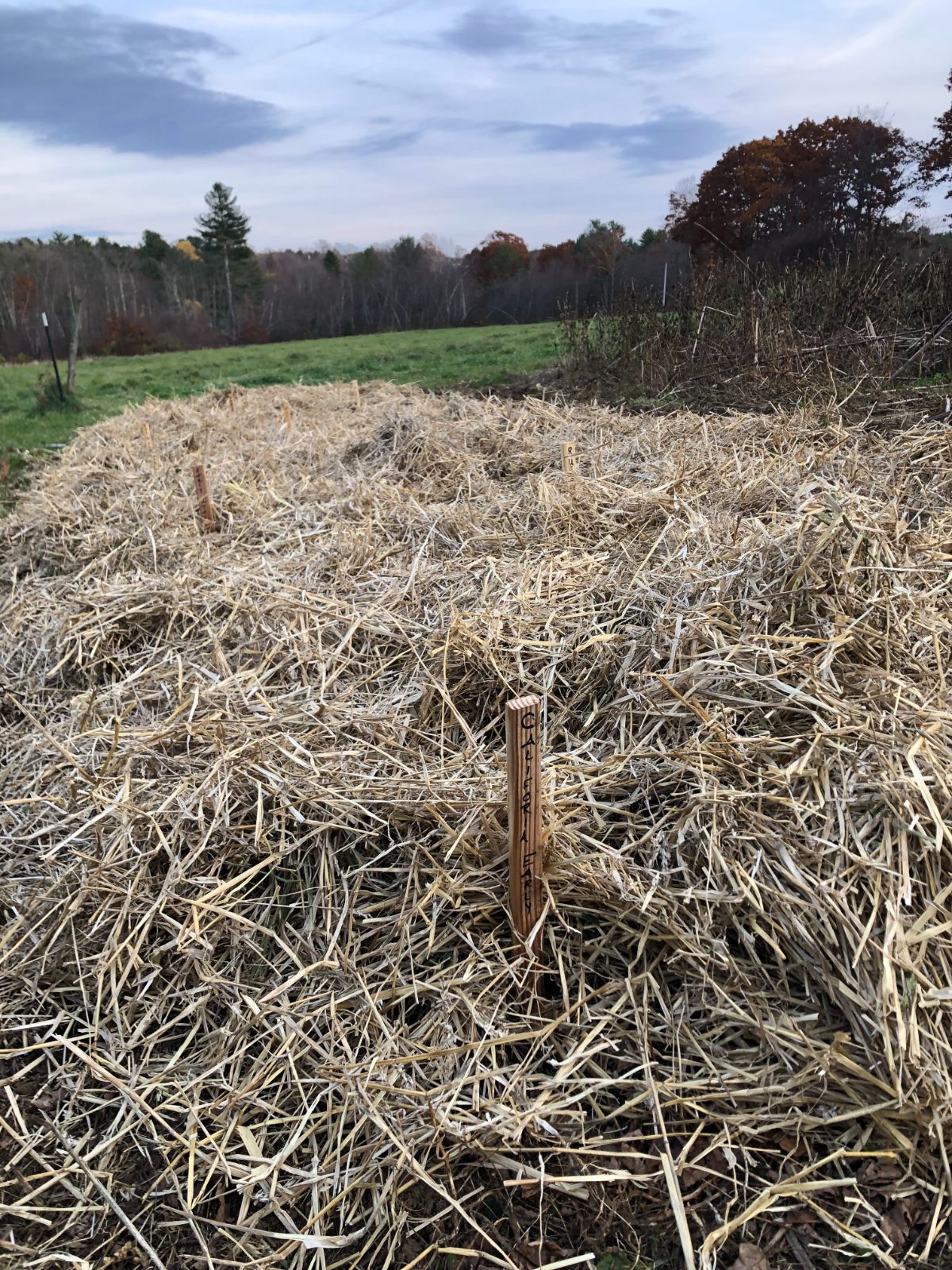
In the spring planting season, we mulch to keep soil moisture in and to prevent weeds from coming up.
In the winter, we mulch for a different purpose. And so, the right time to put on winter mulch is different, too.
Jump to:
What Winter Mulch is Used for—Why Winter Mulch?
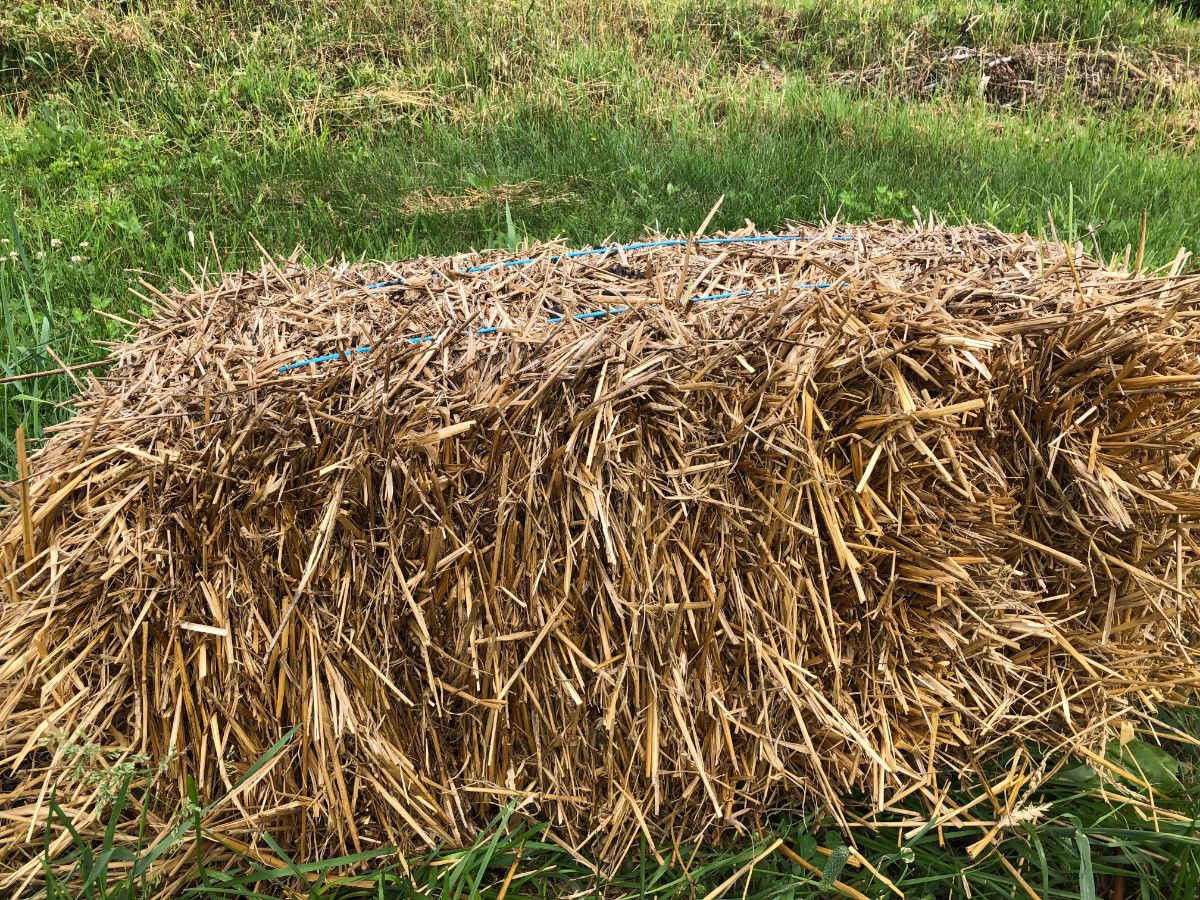
If your perennials and bulbs are hardy for your area, what is most damaging to them is not freezing or cold. It is actually when conditions fluctuate, and they experience freeze and thaw cycles over and over.
Plants can get confused when the soil stays warm or warms prematurely. They may fail to go dormant, or they may start to regrow, and that leaves new growth at risk.
Winds and severe weather can come into play, too, but they are made worse when the crown and roots of your plants are exposed. Keeping your soil cold with mulch is a more consistent environment that protects plants better.
Winter mulch helps because it
- Locks in the cold
- Keeps soil conditions consistent
- Stops plants from coming in and out of dormancy prematurely
- Protects moisture in the soil (even though it’s frozen) and keeps plant roots from getting dried out
- Prevent soil dehydration and erosion from high winds and rains, which can further expose plant roots and crowns
- Prevents the heaving and compaction that occurs when soils freeze and thaw and freeze again repeatedly over the course of the winter
Even in dormancy, perennials need moisture. They don’t need a lot of it, but they can’t survive being completely dried out. When you combine wind, cold, erosion, and exposure, you can set your plants up for what is basically a freeze-drying process.
If you have a good, deep, consistent snow cover, it does the work of winter mulching. Snow provides moisture and protection. The problem is there are few of us who can rely on deep enough snow all winter long. It’s not uncommon for snow to come late and well into winter.
It’s also not uncommon for snow to melt between storms. All of these scenarios leave your plants exposed and unprotected. Winter mulching is insurance, especially in today’s more unreliable winters.
The most important thing that winter mulching does is provide the consistency in conditions your plants need and to hold them in a relatively level state of cold and dormancy. This is key in preventing winter kill.
When Should You Apply Winter Mulch to Perennials and Bulb Beds?
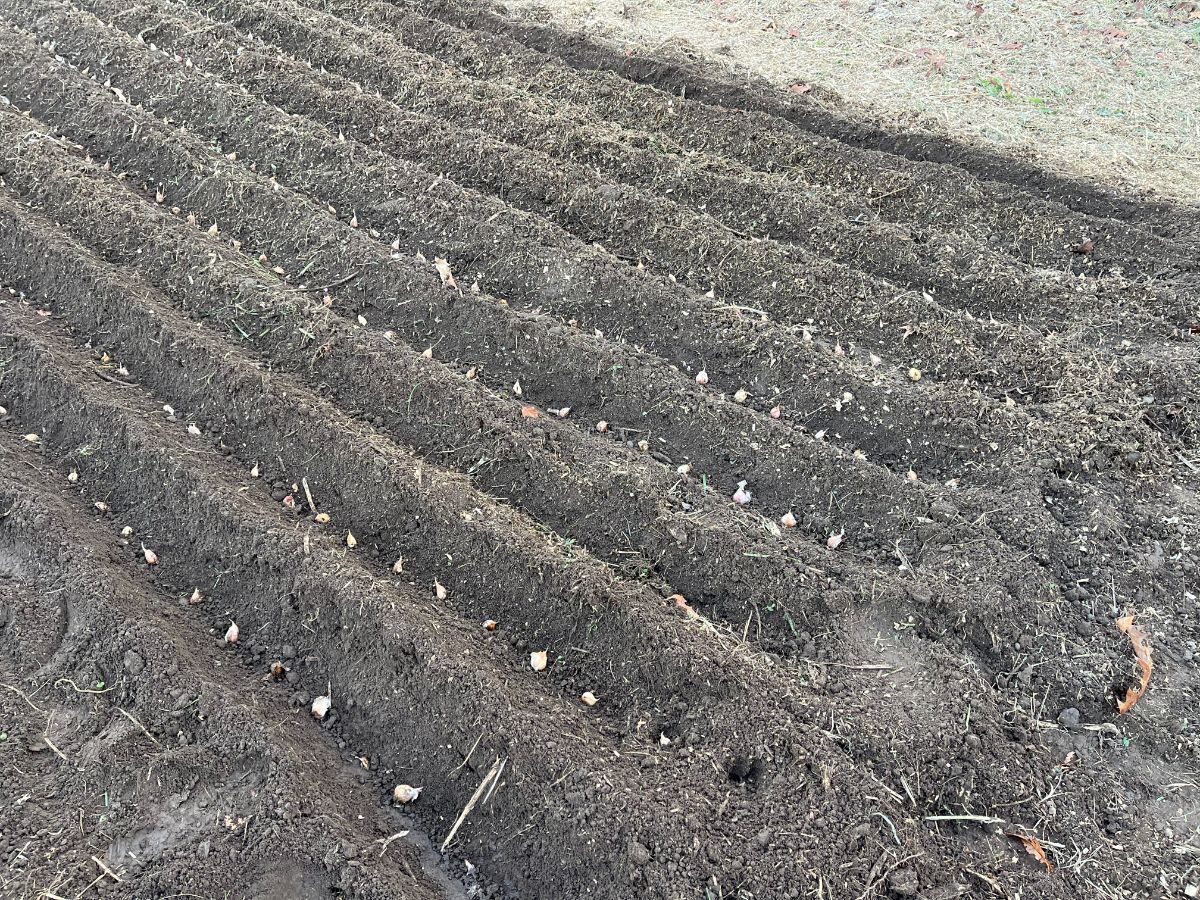
You should wait to apply your mulch until after the ground freezes. This lets the cold get into the ground, and then when you apply the mulch, it helps it stay there.
As we said, it’s better for dormant plants to go dormant and stay dormant than it is for them to think they should wake up, start growing, and then have new growth killed when temperatures plummet again.
So, wait to mulch your perennials until after a good, hard freeze and, ideally, after the ground has frozen at least a little.
How Much Mulch and How Should You Apply Your Winter Mulch?
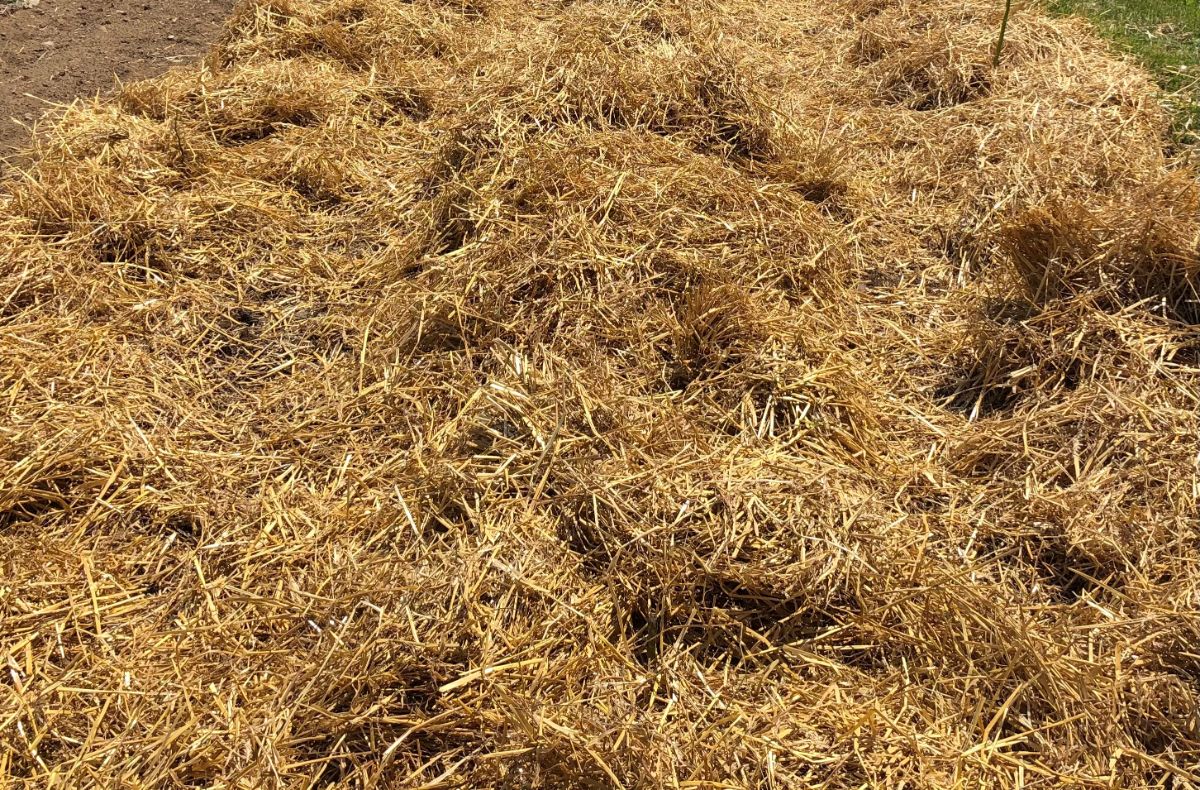
Apply winter mulches to a depth of four to six inches deep. This is much deeper than we would normally apply spring mulch.
Mulching this thick in spring would cause problems, but for winter, the goal is good insulation to keep cold and moisture locked in the ground. Deeper is better.
To apply winter mulch to perennials:
- Do not cut back the dead stems and stalks of most perennials—generally speaking, those stems help to hold protective snow and mulch and protect the crowns
- For flower and perennial beds, it’s best to mulch the whole bed as one unit
- Mulch whole beds uniformly in a layer of mulch four to six inches deep
- For individual plants or landscape plants spaced far apart, mulch at least the area of the root spread
- A rule of thumb is that roots will spread about the same distance below the ground as the crown of stems or branches of the plant or tree—so mulch at least to the drip line from the outside spread of the branches
- You can mulch up to and over stems for the winter while the plant is dormant
What Materials are Best for Winter Mulching?
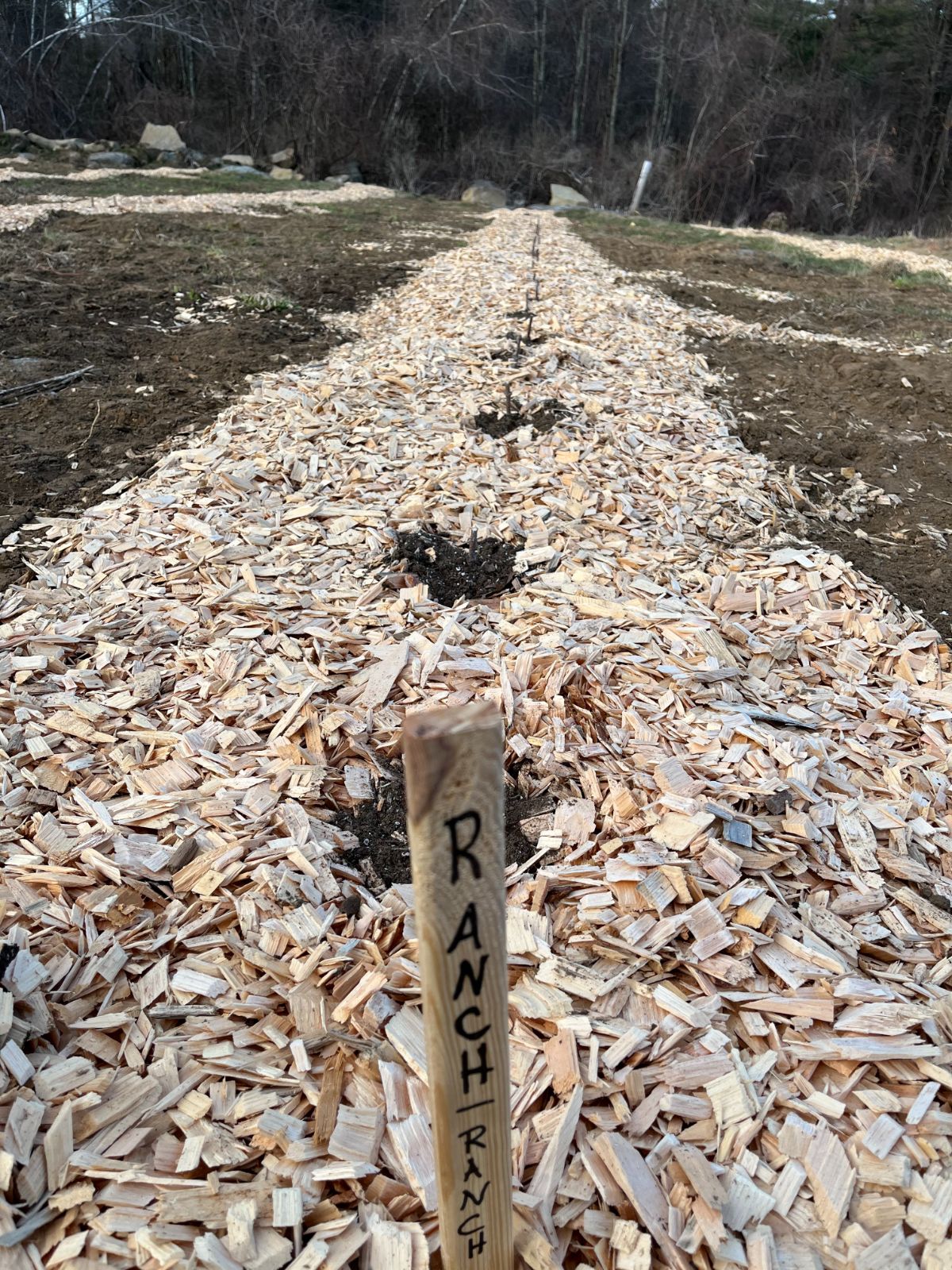
Stone and wood chips can be good decorative mulches for spring mulching, but it’s often best to use a fluffier organic material that breaks down faster for winter mulching.
There are a couple of reasons why:
- Lighter organic materials will not crush or break plants and stems under their weight, but they’ll still provide good insulation
- They'll break down and enrich the soil after the winter
- It's easier to pull materials like these back or off after the winter so the soil can warm up and plants can poke through
- It's easier to re-spread lighter materials to use elsewhere or to reapply after the soil warms and plants poke up (you just wouldn’t apply them as thickly as you did for winter)
Some good materials to use for winter mulching are:

- Leaves
- Grass clippings
- Straw
- Compost (well aged, so it is not producing heat)
- Pine needles
- Shredded paper (but it can be hard to collect this in a large enough quantity)
- Shavings (not wood chips—shavings are much lighter)
- Mulch hay (keeping in mind that mulch hay may contain seeds that will drop and grow into grass—if you want to use mulch hay, leave it out in the rain and sun for a few weeks before mulching so the seed sprouts and then dies...though this can be difficult after frosts set in because the seed won’t germinate in cold temperatures and will stay there until spring, then sprout)
- Chopped corn or sunflower stocks
- Boughs from evergreen trees if you need something sturdier for protection that is easily removed later
You can use bark mulch if it is finely shredded so it’s not too heavy. You can also lighten up a heavier mulch by mixing it in with large amounts of chopped leaves and clippings.
Remove Excess Winter Mulch in the Spring

Winter mulch is applied much deeper than spring mulch. In spring and summer, your mulch layer should only be about three inches thick. Any deeper, and you risk not letting air get to roots and not letting them get the oxygen they need.
You might also keep the soil too wet. These conditions are prime conditions for root rot and fungal diseases. You’ll also give moles, voles, rodents, and pests easy access and protection from predators.
You also do not want to keep your winter mulch on too long because it’s still insulating the ground and keeping that deep cold in. This can delay and slow the growth of the plants in spring and may set the stage for bigger problems and plant death.
Remove the mulch in early spring when you feel that spring (even early, chilly, raw spring) is here to stay. The frost should be leaving the ground and thawing in general.
If you have any new growth poking up from your perennials, it is time to pull off the winter mulch. You can dig down around the base of the plant to see if anything new is showing.
It’s okay to remove mulch when temperatures are still dipping below freezing as long as you are not experiencing deep, extreme freezes. Remember, these are perennials that can survive where you live, so they can tolerate some frost and freezing; you just want to protect them from the worst of it.
- Pull back the top three or four layers of mulch in early spring to let the sun and air warm the ground
- A good indicator of when to remove the extra mulch is if the top inch of the mulch is thawed
- You can reapply some of the mulch for weed control
- The bottom layer of mulch should be rotting down and is good nutrition for the soil
- If the bottom layer is still frozen, it should thaw quickly once it is exposed
- If you need to (such as if the deeper mulch is too frozen to remove), you can do this in stages over several days as each layer thaws
- Pull the mulch completely away from the base of the plant, leaving a ring around the crown to allow light and air to get to the base of your perennials and prevent the stems and new growth from rotting
With this cycle completed, your perennials should have come through even the roughest or most variable winters well-protected and ready to grow.
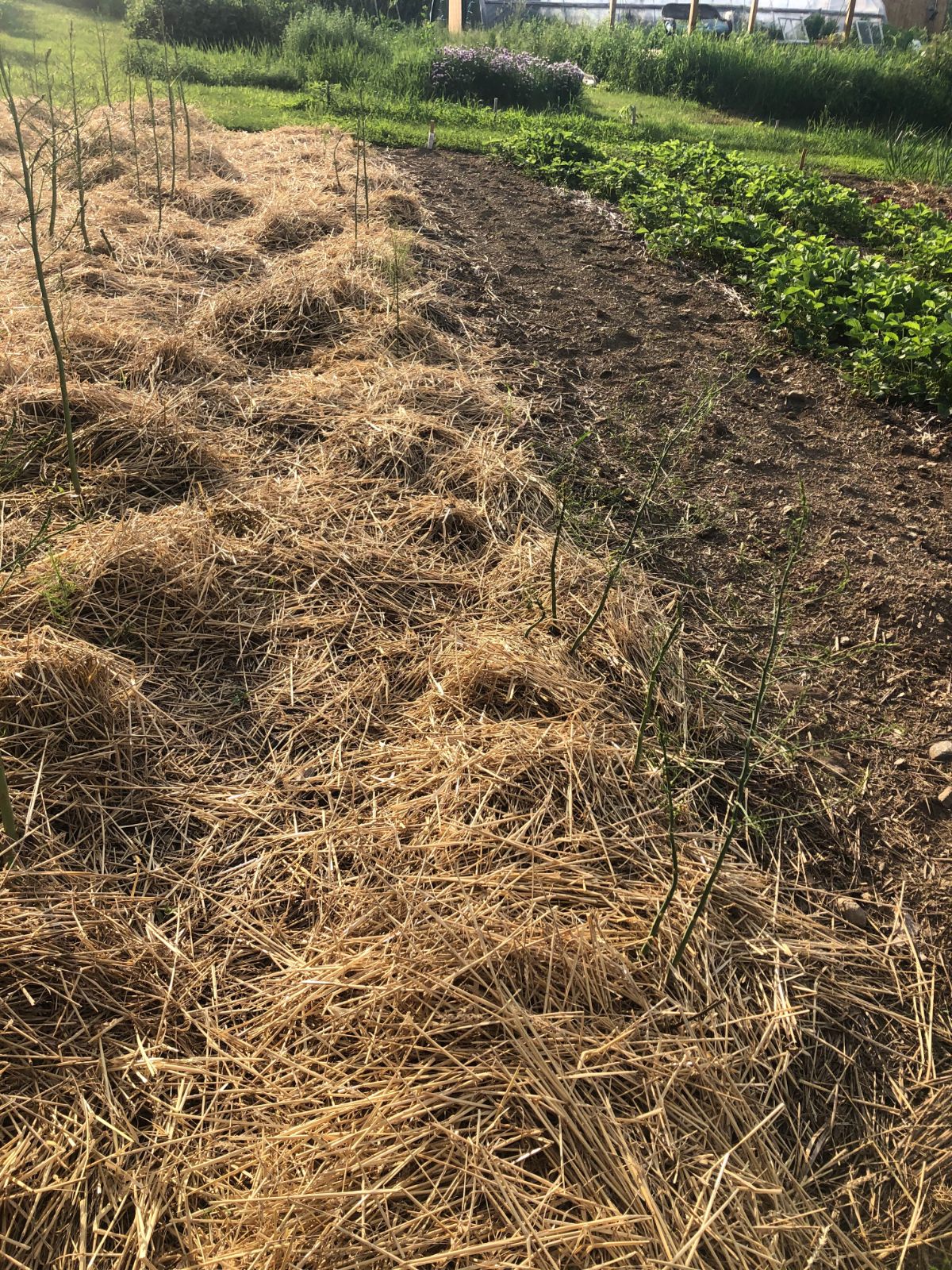
Soon it will be time for warm sunny days, flowers, and foliage again. And you will have given your plants the extra protection they need to withstand the trials of an increasingly unpredictable season and weather patterns, ready for new, strong growth in the season ahead.


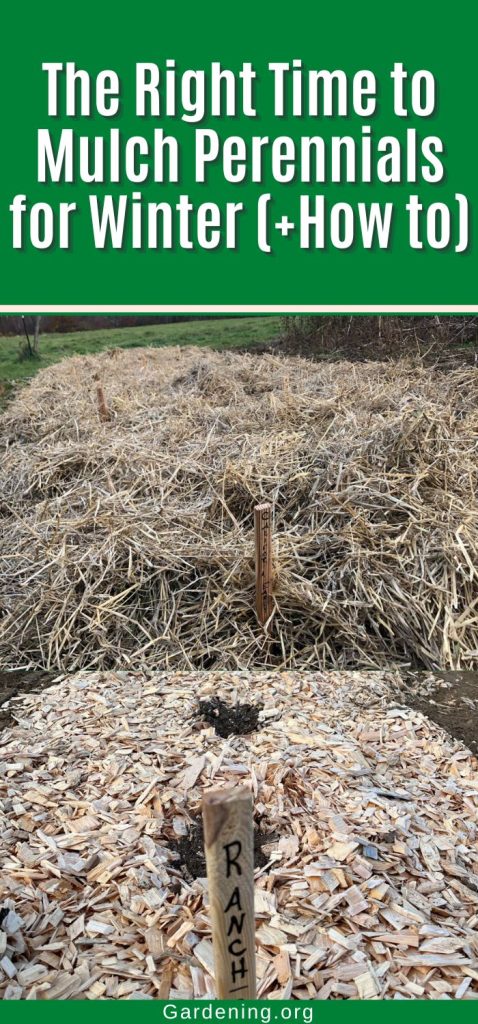
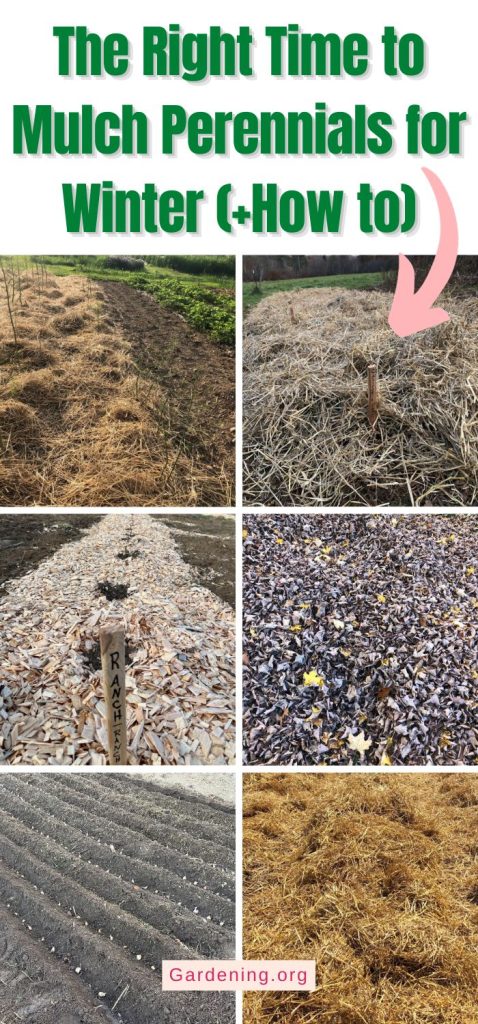
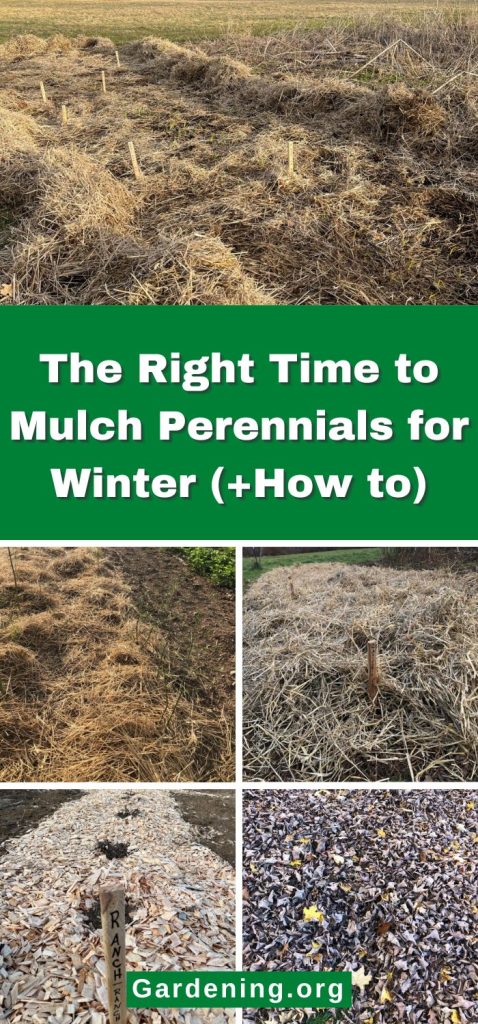
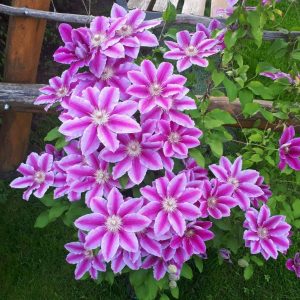
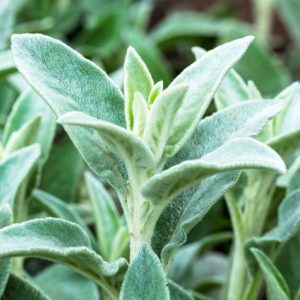


Leave a Reply